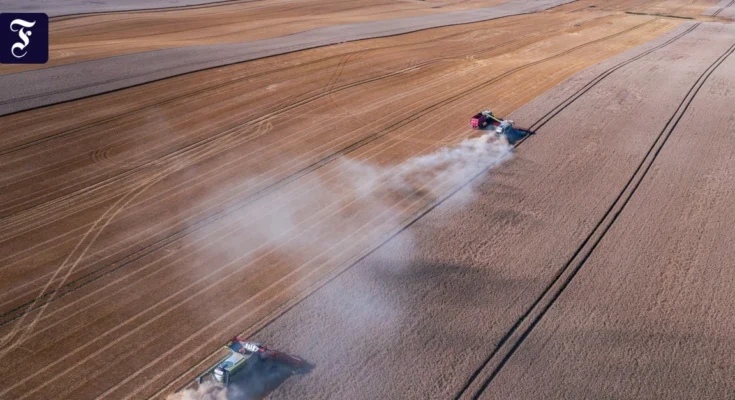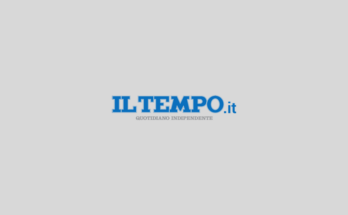Of all living spaces, land is perhaps the one that receives the least aesthetic and emotional appreciation. Unlike forests, seas, mountains, or deserts, these areas are not suited to well-rehearsed and intense nature experiences. But soil is a very complex habitat and holds amazing biodiversity; Forests store water and carbon, regulate the natural cycle of organic and mineral substances, and ensure human nutrition.
However, sixty to seventy percent of the land in the European Union is in poor condition and this condition is likely to continue to worsen unless drastic action is taken. Loss of soil organic carbon, over-fertilization, acidification, salinization, pollution, erosion and soil compaction – these are the main mechanisms for reducing soil quality and health.
A different world in a small space
In their book, biologist and journalist Jörg Blech and plant and soil ecologist Matthias Rillig, who teach at the Free University of Berlin, show how complex the physical and biological structure of soil is, which has evolved over millennia, what the latest research results reveal about the role of soil and why it is so important to avoid cruel exploitation of soil.
Both authors first provide a clear picture of the structural and biological complexity of soil. Because the structure of the land is arranged in very small parts, different worlds that have very different conditions are located in very small spaces. Therefore, soil provides habitat for countless species of bacteria, protists, fungi, springtails, mites, worms, arthropods, molluscs, and also mammals. The new study shows that most species in this group of organisms live in the soil. New estimates even come to the conclusion that 59 percent of all species live in the soil.
Later chapters of the book discuss fungi, earthworms, soil as a reservoir of beneficial microorganisms, soil as a carbon store, and various forms of soil pollution and degradation. Both authors devote much attention to the interaction of harmful factors on soil health, the number of which has increased rapidly due to human intervention. The authors see a glimmer of hope in the fact that knowledge gained about these processes can lead to better regulation of pollutants and can also help carry out more targeted remediation of damaged soils.
A way out of a bottomless future?
Hardly anyone would argue that land needs to be protected. But given the many legitimate but conflicting demands on the land, the question arises of whether and how food security, climate and nature protection and the development of housing and commercial areas can be harmonized. These conflicts are most evident in agriculture. In the European Union, 95 percent of food comes from the soil, but in the long term this will be affected by mechanical processes, fertilization or the use of pesticides.
Although the book’s final chapter is entitled “Escape from a Bottomless Future,” the author provides few concrete policy recommendations. One might take this as an acknowledgment that there is no simple solution to the conflict of objectives surrounding land use. The book’s perspective is almost entirely scientific, and the author rarely discusses political and social conditions.
They argue that the only way to guarantee future crop yields and soil health is through more sustainable farming – which does not necessarily mean organic farming. Breeding advances, digital recording of soil quality and health, as well as precise methods of using fertilizers and pesticides, as well as soil-friendly agroecological practices, can reduce the negative impacts of agriculture – although not completely prevent them.
Blech and Rillig offer readable, instructive, and sophisticated insights into an extraordinarily fascinating habitat, the importance of which is difficult to overestimate. Although the political challenges facing the future of land are difficult, the solutions must be science-based – this book offers an excellent introduction to this.
Jörg Blech and Matthias Rillig: “Mother Earth”. How land loss threatens our planet. Ullstein Verlag, Berlin 2025. 384 pages, hardcover, €25.99.



